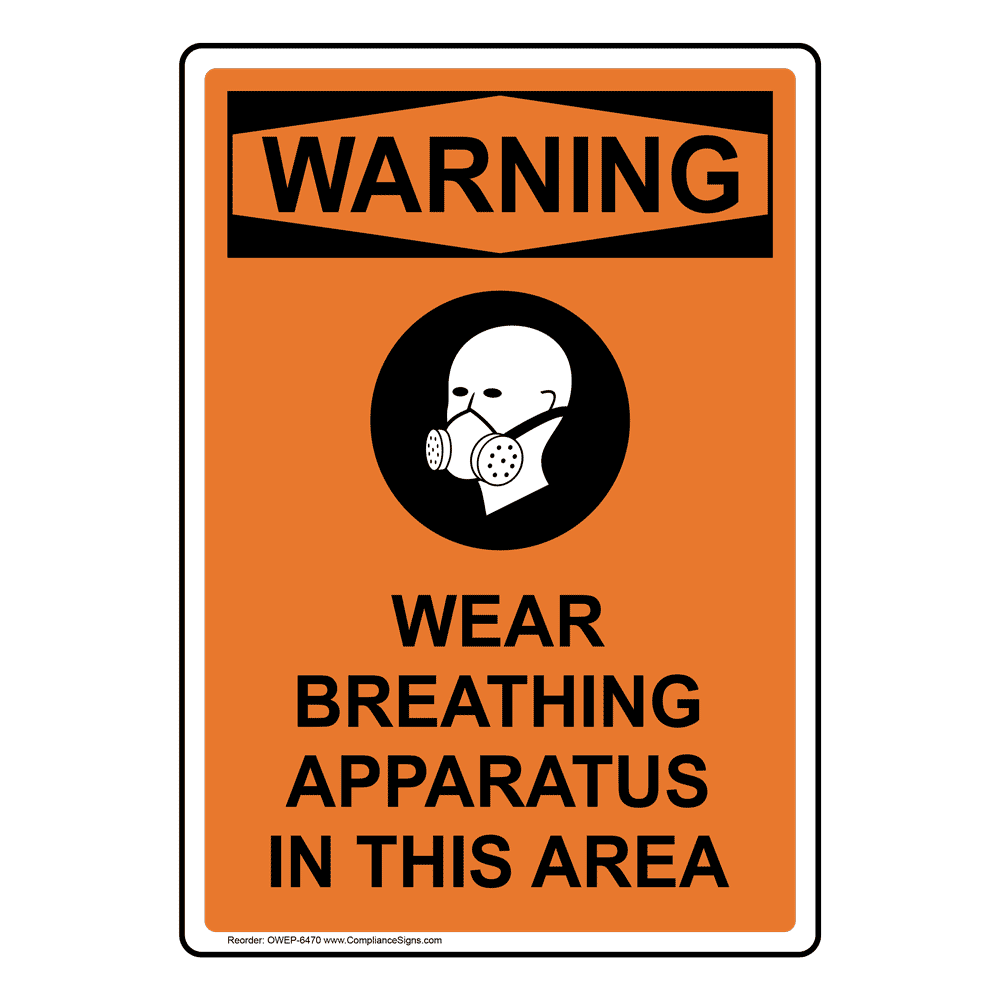

Prolonged exposure to welding fume may cause lung damage and various types of cancer, including lung, larynx and urinary tract.Workers in the area who experience these symptoms should leave the area immediately, seek fresh air and obtain medical attention. Acute exposure to welding fume and gases can result in eye, nose and throat irritation, dizziness and nausea.Process-Nitric Oxide, Nitrogen Dioxide, Carbon Monoxide, Ozone, Phosgene, Hydrogen Fluoride, Carbon Dioxide.įactors that affect worker exposure to welding fume.Shielding-Argon, Helium, Nitrogen, Carbon Dioxide.What is in welding fume? MetalsĪluminum, Antimony, Arsenic, Beryllium, Cadmium, Chromium, Cobalt, Copper, Iron, Lead, Manganese, Molybdenum, Nickel, Silver, Tin, Titanium, Vanadium, Zinc. Brazing is a metal-joining process where only the filler metal is melted. Oxy-fuel and plasma cutting, along with brazing, are related to welding as they all involve the melting of metal and the generation of airborne metal fume. Pressure welding uses heat along with impact-type pressure to join the pieces. Thermit welding uses a chemical reaction to produce intense heat instead of using gas fuel or electric current.

Gas or oxy-fuel welding uses a flame from burning a gas (usually acetylene) to melt metal at a joint to be welded, and is a common method for welding iron, steel, cast iron, and copper. Tungsten Inert Gas (GTAW or TIG) superior finish non-consumable electrode externally-supplied inert gas shield Gas Metal Arc (GMAW or MIG) widely used consumable electrode for filler metal, external gas shield Shielded Metal Arc (SMAW) electrode provides both flux and filler material Arc welding types in order of decreasing fume production include:įlux Core Arc Welding (FCAW) filler metal electrode flux shield It employs an electric arc to melt the base and filler metals. Electric arc welding is the most widely used type of fusion welding. There are three types of fusion welding: electric arc, gas and thermit.

Welding is classified into two groups: fusion (heat alone) or pressure (heat and pressure) welding.


 0 kommentar(er)
0 kommentar(er)
